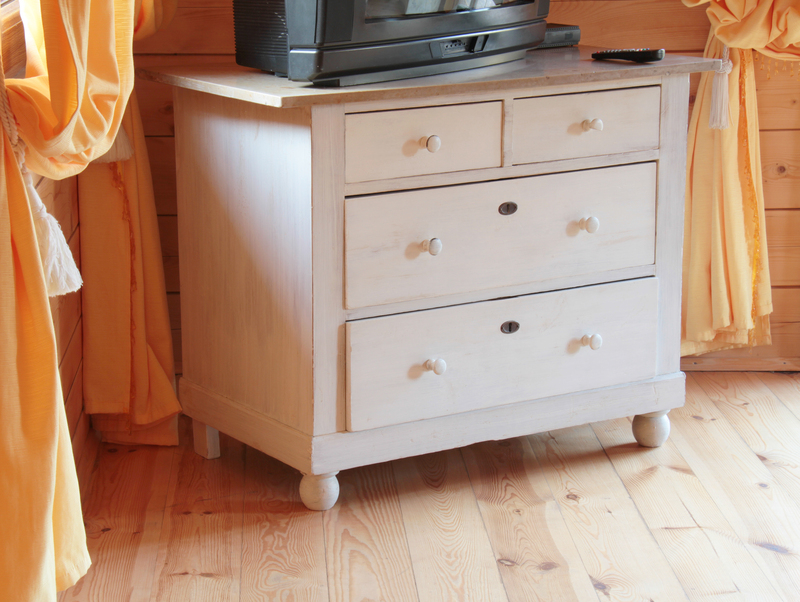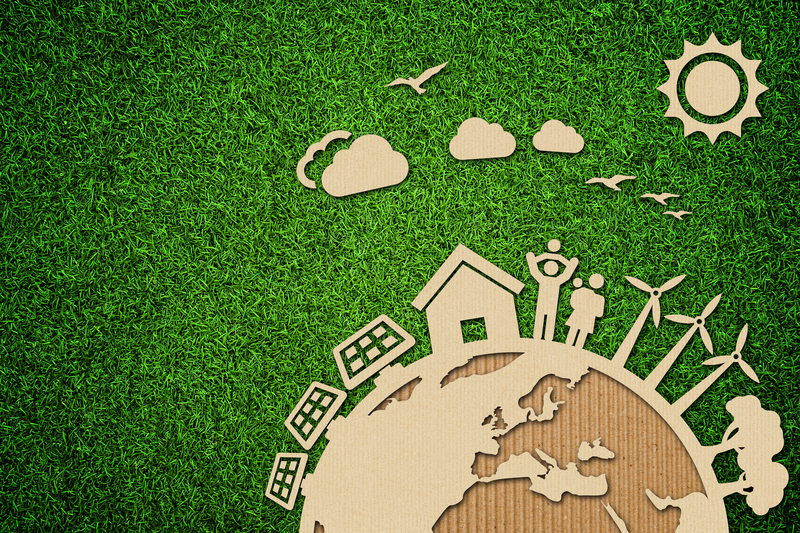Rethinking Packaging: Cardboard Disposal for a Greener Future
Cardboard packaging has become an essential part of modern commerce, offering a practical and sustainable solution for transporting, storing, and displaying a wide array of products. However, the ever-growing use of cardboard also poses significant environmental challenges. With increased consumer awareness and the pressing need to address climate change, rethinking packaging and the methods of cardboard disposal are critical steps towards building a greener future.
Understanding Cardboard Packaging and Its Environmental Impact
Cardboard, commonly used in boxes, cartons, and shipping packages, is made primarily from wood pulp. Its popularity stems from its light weight, durability, low cost, and recyclability. Yet, these benefits can be overshadowed when cardboard waste is not properly managed.
- Resource Consumption: Manufacturing cardboard requires significant amounts of water, energy, and wood from forests.
- Waste Generation: Large quantities of discarded cardboard often end up in landfills, contributing to pollution and wasted resources.
- Carbon Footprint: The entire lifecycle--from production to disposal--emits greenhouse gases, impacting global climate change.
Why Cardboard Disposal Matters
The way we handle used cardboard can either contribute to environmental degradation or help build a sustainable packaging ecosystem. Traditional disposal methods are not always the most eco-friendly. When cardboard is not recycled, it fills up landfills and takes years to decompose, producing methane--a potent greenhouse gas. Hence, thoughtful cardboard waste management directly supports a greener planet.

Innovative Trends in Cardboard Packaging
As consumers and companies become more eco-conscious, the cardboard industry is evolving. Several exciting trends are shaping the future of eco-friendly packaging:
- Recycled Content: Increasing use of post-consumer recycled fibers in new cardboard packaging, reducing demand for virgin pulp.
- Minimalist Design: Brands are moving towards simpler designs, using less material and ink, which simplifies cardboard recycling.
- Biodegradable Coatings: Manufacturers now use coatings that do not hinder biodegradation or recycling, ensuring disposal of cardboard remains environmentally friendly.
- Reusable Cardboard: Greater design focus on making boxes sturdy enough for multiple uses before final disposal.
- Modular Packaging: Customizable cardboard solutions that minimize material waste and maximize shipping efficiency.
Challenges in Cardboard Disposal
Despite the advantages, proper cardboard disposal is fraught with challenges, both at the consumer and industry level:
- Contamination: Cardboard contaminated with food, oil, or other waste cannot be recycled easily and is often sent to landfills.
- Lack of Awareness: Many people are unaware of the correct methods for cardboard recycling, resulting in improper disposal.
- Inadequate Recycling Facilities: In some regions, recycling services are limited or inaccessible.
- Separation from Other Waste: Proper sorting from plastics, metals, and general waste is crucial, but it demands effort and infrastructure.
The Life Cycle of Cardboard: From Forest to Disposal
To truly reduce the environmental impact of cardboard, it's essential to understand its journey:
- Resource Extraction: Trees are harvested and pulped to create paper fibers.
- Manufacturing: These fibers are processed, formed, and dried into cardboard sheets, then cut and shaped into packaging.
- Distribution and Use: Businesses utilize these products to ship goods to consumers.
- Post-use Handling: Consumers either recycle, repurpose, or discard cardboard.
- End of Life: Cardboard is either processed at a recycling facility or disposed of in landfills or, regrettably, as litter.
Optimizing each stage--from sourcing to end-of-life treatment--can greatly enhance the sustainability of cardboard packaging.
Best Practices for Cardboard Disposal and Recycling
Every step towards responsible cardboard disposal lessens environmental harm. Here are some best practices to follow for effective cardboard recycling:
Preparing Cardboard for Recycling
- Flatten Boxes: Breakdown boxes to save space and improve recycling efficiency.
- Keep Dry: Ensure cardboard is clean and dry. Wet or soiled cardboard often cannot be recycled.
- Remove Contaminants: Detach packing materials like bubble wrap, plastic liners, tape, and staples before recycling.
- Bundle Properly: If required by local recycling programs, bundle or tie cardboard together for pickup.
- Check Local Rules: Some areas may have specific requirements, so consult your municipality's guidelines for cardboard disposal.
Innovative Ways to Reuse Cardboard
Reducing waste is as important as recycling. Before disposing of cardboard, consider how it can be repurposed:
- Composting: Clean cardboard can be shredded and added to home compost piles as carbon-rich "brown" material.
- Creative Projects: Use for children's crafts, DIY furniture, pet toys, or organizers.
- Moving and Storage: Store flattened boxes for future moves or as storage aids.
- Weed Barriers: Lay cardboard sheets in the garden to suppress weeds while naturally breaking down in the soil.
Role of Businesses in Sustainable Cardboard Packaging
Companies are increasingly held accountable for their packaging choices. Corporate responsibility in cardboard packaging disposal is manifested in several ways:
- Switching to Recyclable Materials: Prioritizing cardboard over plastics and using recycled content wherever possible.
- Encouraging Returns: Creating take-back programs or incentives for returning boxes for reuse or recycling.
- Minimizing Packaging: Designing products and shipping systems that require less packaging material.
- Transparent Labeling: Providing clear instructions for disposing of or recycling packaging.
- Supporting Environmental Initiatives: Partnering with recycling companies and investing in community recycling infrastructure.
Success Stories: Brands Leading the Way
- IKEA has made strides by redesigning packaging to use fewer materials and incorporating recycled cardboard in its supply chain.
- Amazon introduced the Frustration-Free Packaging program, encouraging suppliers to use more recyclable cardboard and less plastic.
- Patagonia utilizes boxes made from 100% recycled cardboard and actively encourages customers to recycle or return packaging.
Consumer Responsibility: Small Changes, Big Impact
The journey towards sustainable cardboard disposal isn't successful without informed consumers. By adopting eco-friendly habits, each person can make a significant difference:
Simple Steps for Everyday Life
- Opt for Minimal Packaging: Support brands using less packaging or innovative, sustainable solutions.
- Buy in Bulk: Purchasing larger quantities reduces the need for excessive packaging.
- Encourage Local Recycling: Advocate for better recycling services in your community.
- Educate Others: Share knowledge about the environmental value of proper cardboard disposal.
- Support Extended Producer Responsibility (EPR): Favor companies that participate in EPR policies, ensuring they help manage packaging waste post-consumer use.

The Future of Cardboard Packaging and Disposal
The future of sustainable packaging will be shaped by intersectional efforts--uniting innovation, public policy, and consumer action to reinforce the circular economy. Emerging trends and technologies offer hope for even greener alternatives:
- Intelligent Packaging: Smart labels and QR codes guiding consumers on disposal and recycling practices.
- Advanced Recycling Technologies: Chemical recycling and enzyme-based solutions that can process contaminated or composite cardboard materials.
- Eco-friendly Inks and Adhesives: Making it easier for all parts of the packaging to be recycled together.
- Biodegradable and Plant-Based Alternatives: Further reducing reliance on wood pulp and promoting agricultural byproducts as feedstock.
Government policy also plays a crucial role. Many countries are setting regulations to encourage better packaging design, mandate the use of recycled materials, and build modern recycling infrastructure. By collaborating internationally, the industry can set global standards for packaging sustainability and eco-friendly cardboard disposal.
Conclusion: Embracing Sustainability in Cardboard Disposal
Rethinking packaging is fundamental in our shared journey toward a greener future. With rising online shopping, globalized supply chains, and increasing environmental pressure, responsible cardboard disposal is more critical than ever before. Each stakeholder--manufacturers, businesses, governments, and individuals--has a role to play in optimizing the lifecycle of cardboard packaging.
By prioritizing recycling, investing in innovative materials, embracing policy changes, and fostering community education, we can significantly reduce the ecological footprint of packaging. The transformation to a recyclable, circular system--where every used cardboard box is a resource and not waste--is possible, paving the way for truly sustainable packaging solutions.
Let's work together to make responsible cardboard disposal the norm, promoting a cleaner environment and a healthier planet for future generations. The way we handle our packaging waste today directly influences the world our children will inherit tomorrow.
```